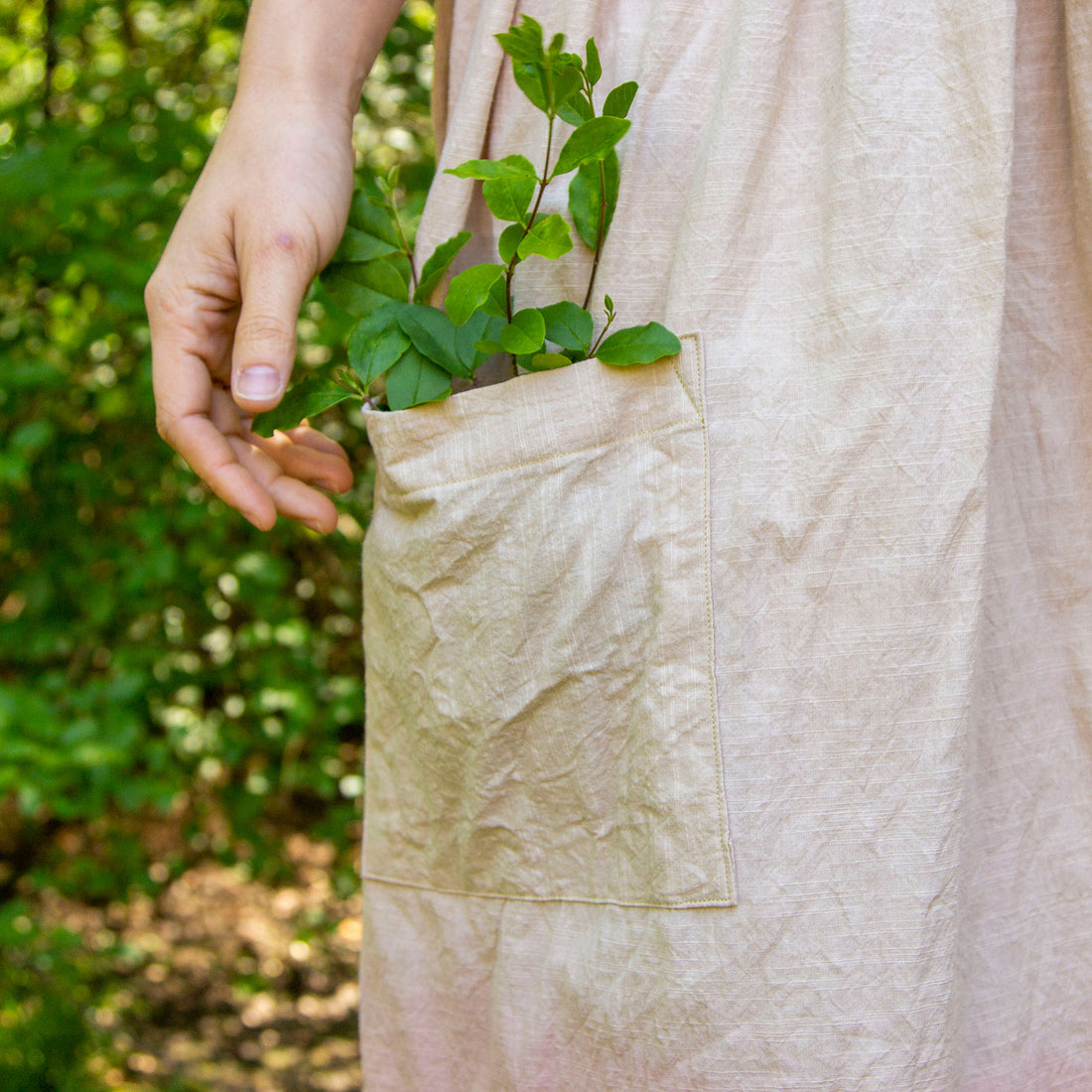Like so many things in my life, my journey through gardening has been a winding one filled with loads of questions and ideas and concerns constantly buzzing around in my head. Questions such as:
Is what I am doing even considered gardening? Does that term describe me and my goals? Is is all encompassing? Do I even agree with traditional forms of gardening, or sustainable farming for that matter? Is permaculture a better word for what I am trying to accomplish? What am I even trying to accomplish?

I sit with these questions (and many others) on a daily basis. I know my overall goals for my "garden," but I have found it difficult to convey those goals/ observations and even more challenging researching ways in which to implement said goal.
If I can barely verbalize what it is that I want, how the heck would Google be able to decipher my inner ramblings?
Recently, I have been engrossed in a handful of books that have spoken to me in ways that I have never encountered through other books before. Each has left me with more "Aha!" moments than I can count!

Each has spoken to me in a way that I have never experienced with other books before, putting all of those random, buzzing thoughts and ideas and questions onto their very pages. I can't describe how incredibly invigorating it feels to read a book that seems to be speaking directly to me - my heart is racing just thinking about it and its something I hope everyone experiences in their life!

The main things I have been able to take away from these books (aside from a plethora of ideas for my own corner of the world) is a newfound passion in two things I have always been passionate about, but never had a name for: Ecology and Conservation. In fact, combine them both together and I think I may have stumbled upon the name for what it is I have been trying to do in my own backyard.
Conservation Ecology.
The goal of Conservation Ecology is to find ways in which to conserve species, habitats, landscapes, and ecosystems (defined via https://ecology.ucdavis.edu/). 🤯

That is literally how my head (and heart) felt when I started to dive deeper into this particular branch of ecology through my readings. It felt as if someone had come along and swept the floor beneath my feet showing me that I had always been on the right path, but now I didn't have to struggle as hard to keep moving forward on it.
So what is it that I want to even do? What were those questions that I had been asking and struggling to answer up until recently?
Basically, for the past few years, I have struggled most with this notion that I was battling nature in the garden. Between bugs eating my plants and animals eating my plants and the weather being haphazard, it felt like I was constantly battling everything around me to grow the things I wanted to grow.

I knew that in the past, people inhabited the Earth in a way that nature provided for them without as much forced management. There were plants and animals and people that coexisted together. I'm not saying there was always an abundance of things for everyone, but on average, there seemed to be enough bounty to be spread around. Plants grew without much input from humans and many of those plants provided food as well. So why was I trying to force the super challenging Cauliflower to grow in my Garden in Georgia when it originally hails from the Mediterranean? Aren't there other edible species native to my location that I'd have no problems growing instead?
And what about my battle against the bugs and the wildlife in my yard - why was I fighting against them so hard and getting upset that they "stole" my fruits and vegetables. Weren't animals and bugs residents of this space first, long before my home was ever built and displaced them? Don't they also deserve to have enough to eat and feed their families and thrive in this space?

These were the questions that led me to begin researching all the native species of my area and ways in which I can grow enough for both my little family as well as all those little families residing in my backyard. Surprisingly, this has been incredibly difficult research to conduct online. Try Googling " Growing enough food for myself and wildlife" and the results are primarily geared towards calculating how many plants are needed just to feed your own family. Which is helpful, but doesn't go in enough depth for my purposes.
Now, thanks to those handy books I have been reading, I feel confident that I have finally found my true path in the Garden with a list of long term goals on my ~1/2 acre bit of land:
- Add more native plants to entire property, both in the front and back gardens as well as in the wooded area
- Add more trees to the wooded area, including powerhouse species such as Oak and fruiting/nut trees and understory bushes
- Add more "safe" zones for animals and insects to take refuge
- Wildflower gardens EVERYWHERE!
- Create bee houses for native bees in various places around entire property
- Rid property of invasive species/ introduced species, or at least keep them under control to allow native populations to thrive
- Choose more perennials over annuals, and allow annuals to self-seed where possible.
- Add a Walking trail to back wooded area to minimize disturbance elsewhere
- Create a monarch breeding area
- Plant enough for our family and wildlife

It's a long list that I am sure will continue to grow and be tweaked as I get further and further into restoring my little plot of land. I am hopeful that as I learn more, I will be able to better serve the ecology of this space and the wildlife that calls it home. It's an exciting time as I find my footing in what I consider to be my biggest life passion!

